Two New Features Launched to Test Liquidity Management on Uniswap v3
The Sommelier team continues to work to bring new Co-processor functionality to the Ethereum ecosystem. The Uniswap v3 Pairings and Position Manager app saw over $8MM in liquidity volume from May through July. We are grateful to our community of liquidity providers who used these tools and helped us understand how Sommelier can add the most value to liquidity providers. The team focus now moves to the launch of the Sommelier blockchain and the first validator-managed DeFi application, Sommelier Cellars.

Today, we celebrate more engineering progress on the road to mainnet with the live deployment of the first mainnet Ethereum contract for Sommelier Cellars and the live test of two functions: “Add Liquidity” and “Rebalance Liquidity”. These functions were successfully tested across multiple Uniswap v3 ranges. We also celebrate the success of Sommelier’s testnet with five external validators that are working to verify that Sommelier is ready to upgrade to mainnet and onboard many new validators from the community.
Below, we share two key features and the lessons learned of the Sommelier cellars that are under active mainnet testing.
Feature 1: Volume & Volatility Range Predictions
Sommelier’s Cellars for AMM Liquidity Providers are powered by Sommelier’s strategy to predict time-independent, Uniswap tick ranges with the highest volume opportunities for maximum fee generation. Sommelier’s first cellars will launch on Uniswap v3 and then to other range order type AMMs. Sommelier’s prediction model selects up to 13 tick ranges on the Uniswap v3 ETH-USDT Pool. Sommelier’s strategy maximizes a prediction of future price ranges based on prior volume and volatility, independent of time.
However, in order to execute these predictions on Ethereum, Sommelier blockchain validators require control code that manages the execution of liquidity transactions. Below we share more about those features that were launched on the Ethereum mainnet for testing.
Feature 2: Add Liquidity and Rebalance
How do Sommelier validators know that the Ethereum contracts they are controlling actually do what they should do? This past week, Sommelier co-founder, Zaki Manian built a Rust, Ethereum contract controller that would take a series of Uniswap v3 range positions and execute liquidity management transactions on behalf of Sommelier cellar members.This tool is designed to enable the prototyping of new APY oracles that can run in the validator software.. Using a data feed of tick range predictions, the Sommelier chain validators would seek to capture fee revenue opportunities by executing signed transactions to move liquidity between ranges on Uniswap v3. Successful execution would result in multiple Uniswap v3 transactions executed at the appropriate time. Below we share the progress of Zaki’s effort to test these capabilities.
Validators running the Sommelier blockchain and Gravity bridge to the Ethereum blockchain will be directed to execute transactions on Ethereum and control the Cellar contract. Sommelier deployed its first test cellar contract at https://etherscan.io/address/0x2Ee100fDb3A86b5C163f51daa2449Af1bD0C388d. This is the first Cellar contract for Sommelier and will make up the first contract that will launch with mainnet. The Cellar contract focuses on the ETH-USDT pair. The code for the Rust Cellar Rebalancer controller here: https://github.com/PeggyJV/cellar_rebalancer_rs and we saw the first successful cellar transactions this week when 7 range positions were created on the ETH-USDT pair. The transaction is here:
https://etherscan.io/tx/0x2b47011bb445e217307d0f143789a026ce2774ddd09dc0378d8627a39dfbe9f2
The historical transaction of an automated system creating a series of range positions on Uniswap v3 is a major step ahead for Sommelier.
Once the liquidity addition function was successful, the next step would be to test the rebalance function that would remove liquidity from the current ranges and then add that liquidity, including fees, to a new set of ranges. Tests of the rebalance Cellar functionality were successful as well. The Sommelier cellar contract removed the liquidity of the prior predicted ranges and minted new NFLPs to add the liquidity into. The successful transactions that added the new liquidity positions could be seen on Etherscan at https://etherscan.io/tx/0xc0c38c12cee4e6fd20d981c28262a53e0196f1fc3e67c827355102cfe73168ff.
Lessons Learned and Conclusion
Sampling any of the newly created Uniswap v3 range positions of the contract rebalance above show that they are all out of range. Looking at the Time independent Bollinger band model for Sommelier’s test cellars, we notice that the Ethereum price breaks beyond the range of predictions of the model. This activity is possibly due to the Ethereum London hard fork expectations for price appreciation of ETH due to EIP1559. See the charge below for a 15-range model breaks out over the first days of August as anticipation of the London Hard fork grows.
Source: VolumeFi volatility analysis.
The Sommelier ETH-USDT Cellar contracts themselves also require upgrades to increase liquidity movement efficiency as well as increased review of possible issues that may arise from possible flash loan attacks. Sommelier expects to deploy upgraded contracts and submit new contracts for additional audit review.
Zaki and the Sommelier team continue on the road to mainnet with the continued testing of Sommelier cellars, the Uniswap v3 active management system. We’re excited to be part of the many quality projects supplying new ways for liquidity providers to maximize revenues and yield on Ethereum blockchain.
Look out for our upgrades of the Sommelier Cellar contract as we continue to document the road to mainnet. If you have any thoughts or questions, please join us on either our telegram community at: https://t.me/getsomm or our Discord channel at https://discord.gg/czysYtWyzY. We will respond quickly and engage.
More articles

Is Speculation Killing Crypto’s Future?

Sommelier's Path Forward: Embracing Revenue Over Narrative
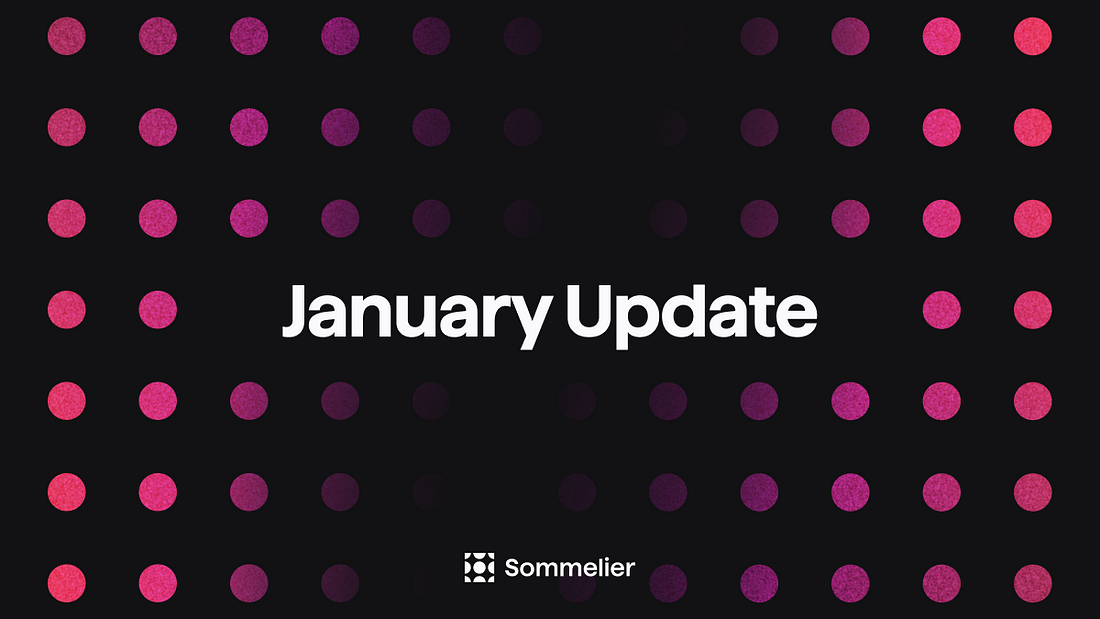
Sommelier January Update
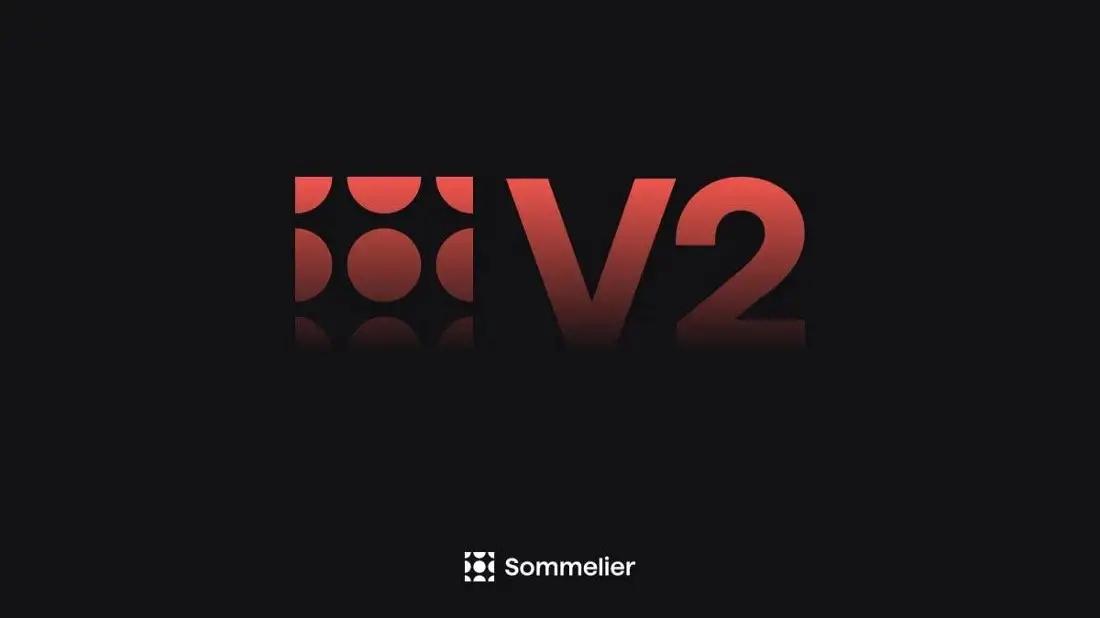
Sommelier Upgrades Cellar Architecture to Enable the Most Powerful DeFi Strategies in the Market
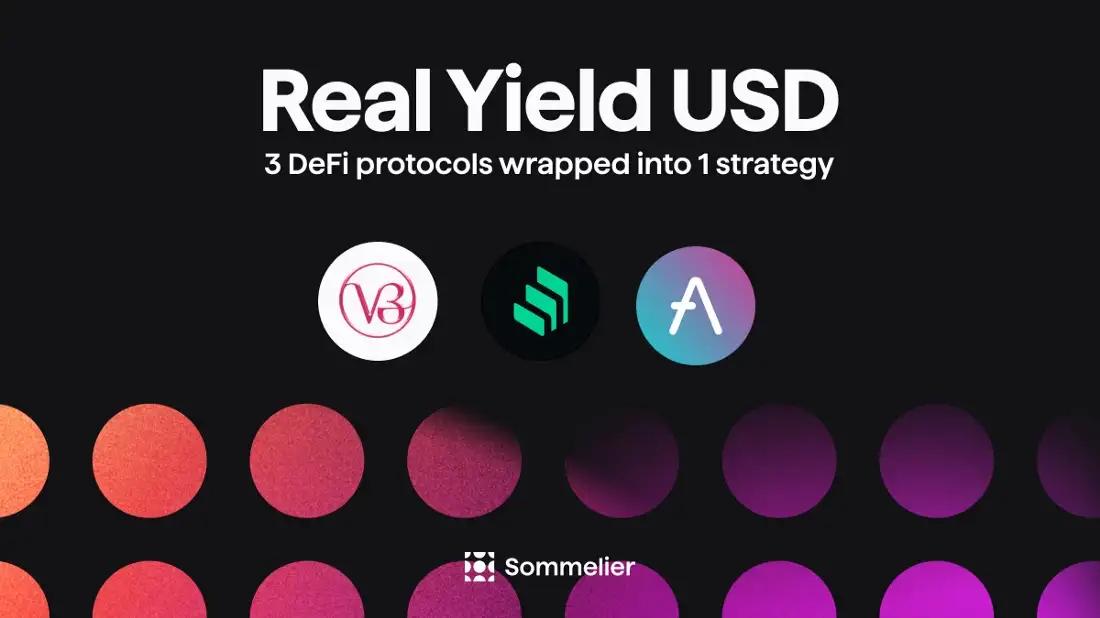
Real Yield USD is Coming to Maximize Stablecoin Yield
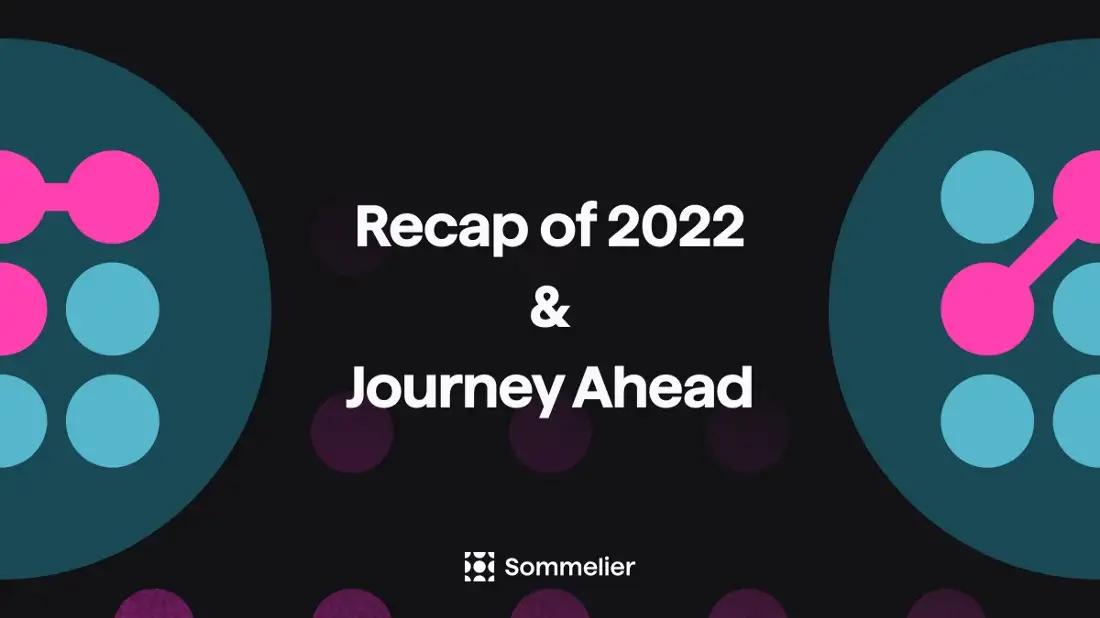
Retrospective on 2022 and the Journey Ahead

FAQ - Patache Digital’s Steady Strategies

Patache Digital: Risk Management Discussion

Strategy Deep Dive: Patache Digital

Strategy Provider Spotlight: Patache Digital

User Guide: How to Participate in Strategies on Sommelier

Sommelier Ambassador Program
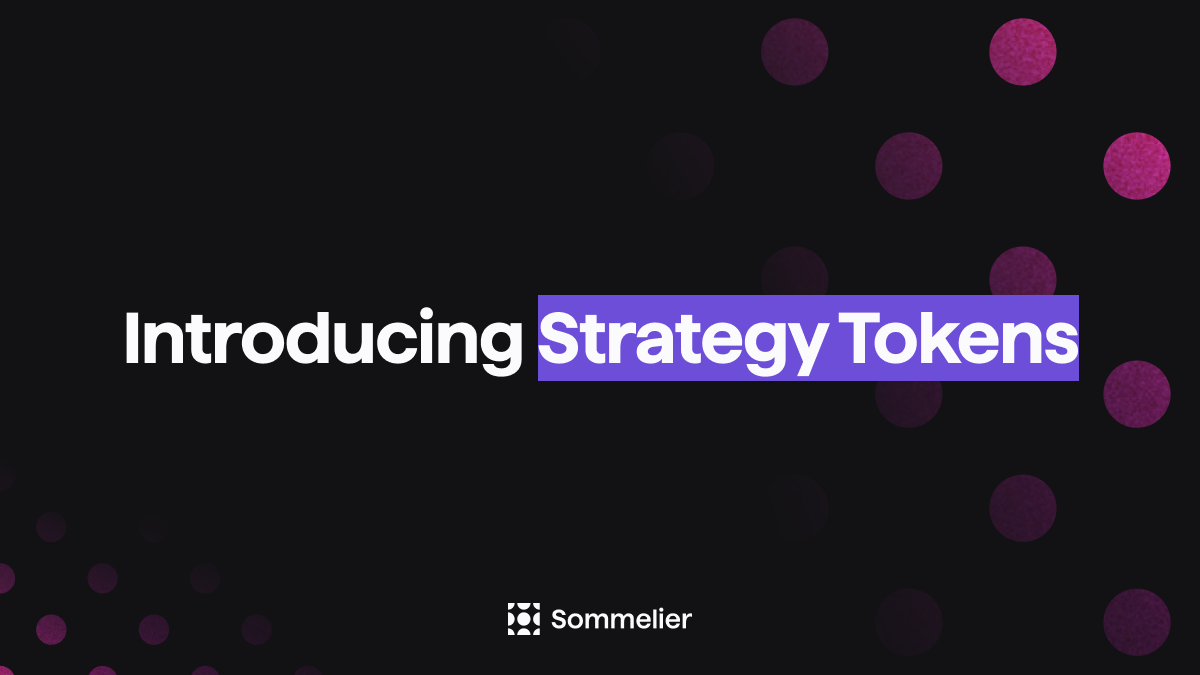
Strategy Tokens: What Are They and How Do They Work?

6 Core Principles of Sommelier

10/10/22 - Deep Dive on Cleargate Backtesting

Strategy Provider Spotlight: Seven Seas

Deep Dive on Trend and Momentum Strategies

Strategy Provider Spotlight: ClearGate

Supporting Strategy Providers on Sommelier
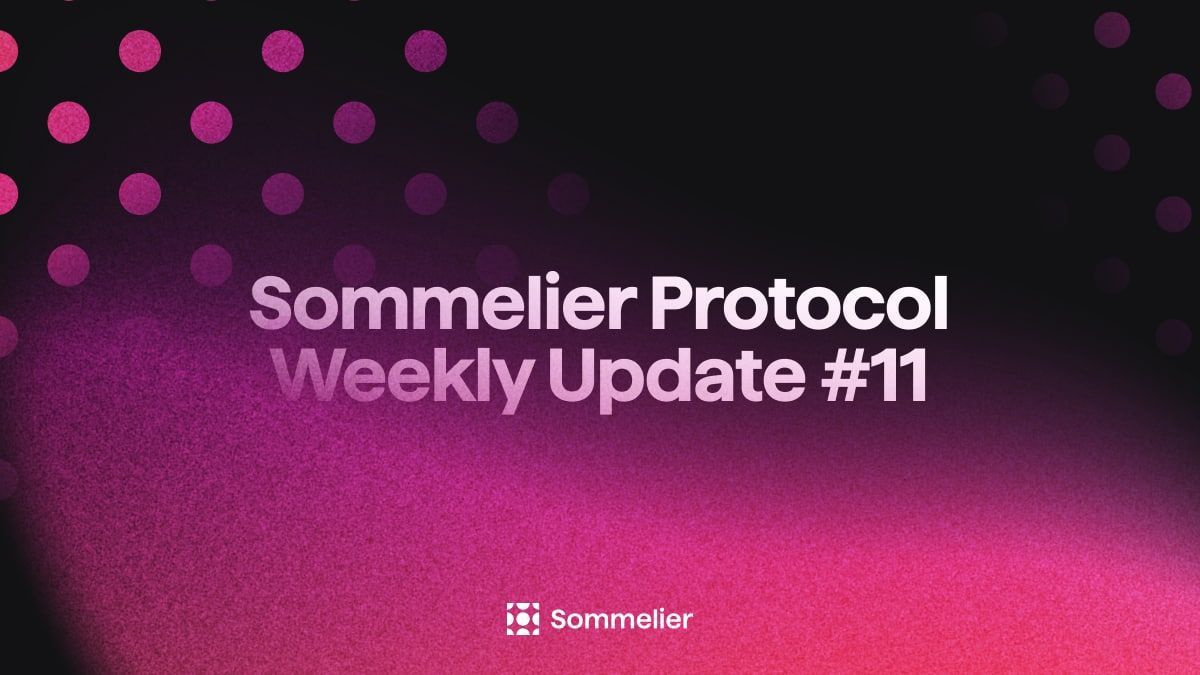
Sommelier Protocol Team Weekly Update #11

ELI-5 Explanation of the Data Science behind Sommelier’s First Aave Cellar
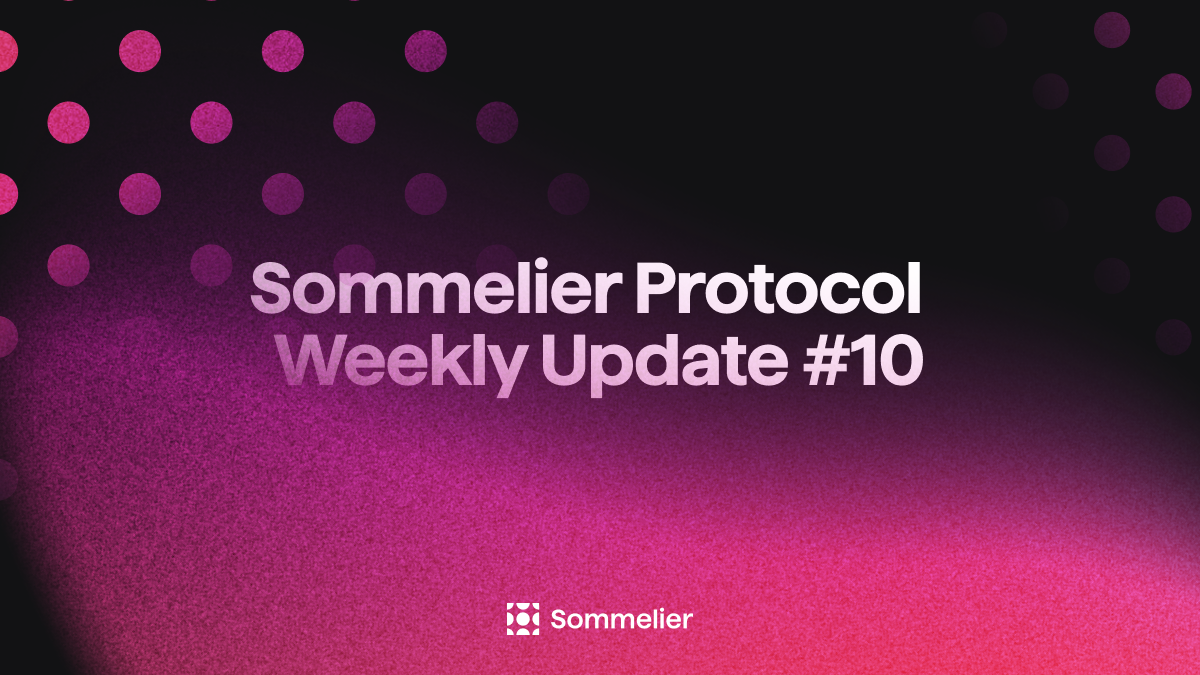
Sommelier Protocol Team Weekly Update #10
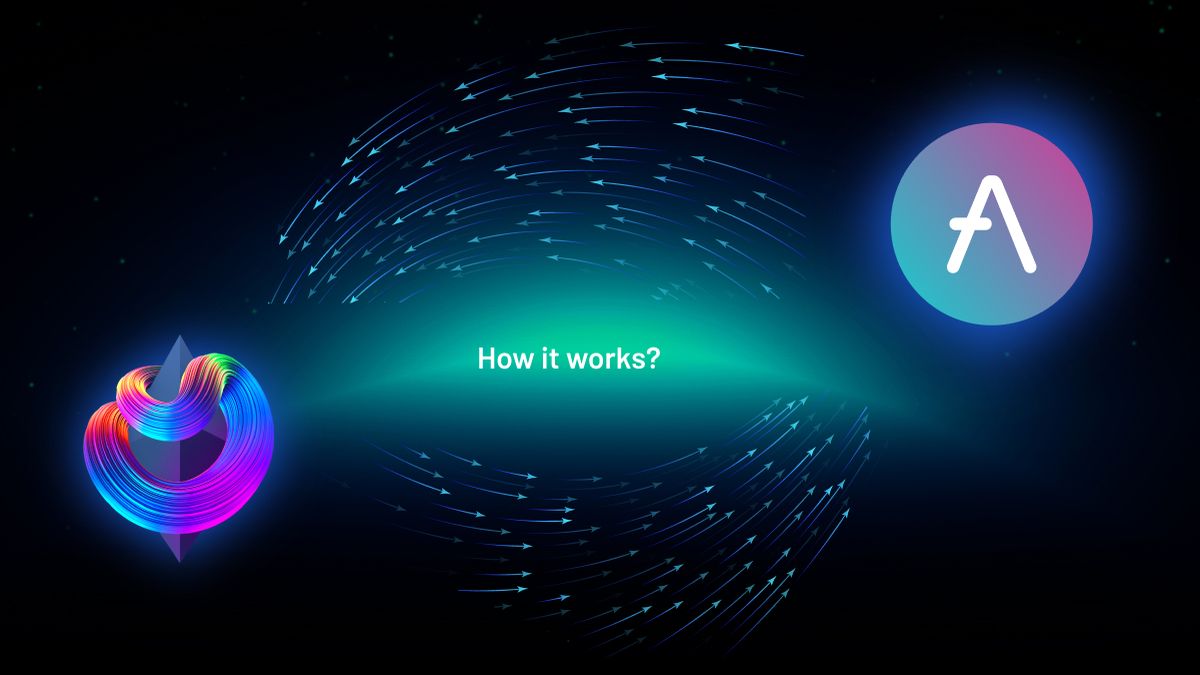
The Data Science Behind Sommelier’s First Aave Cellar
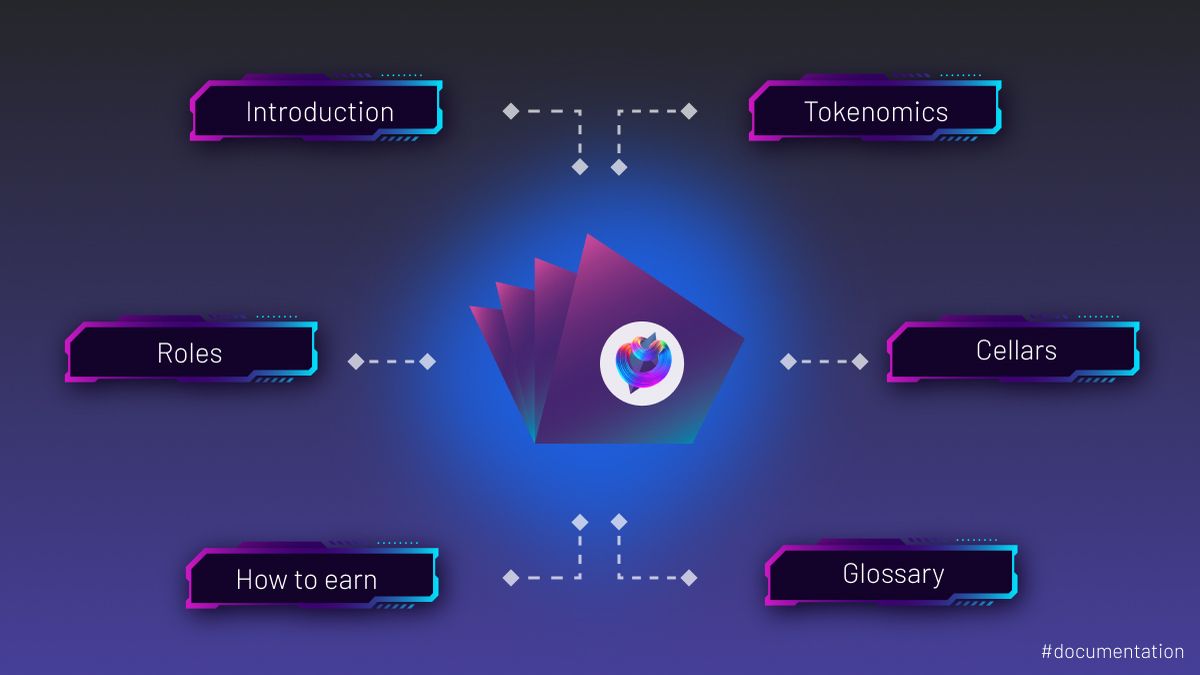
Sommelier Protocol Design Documents
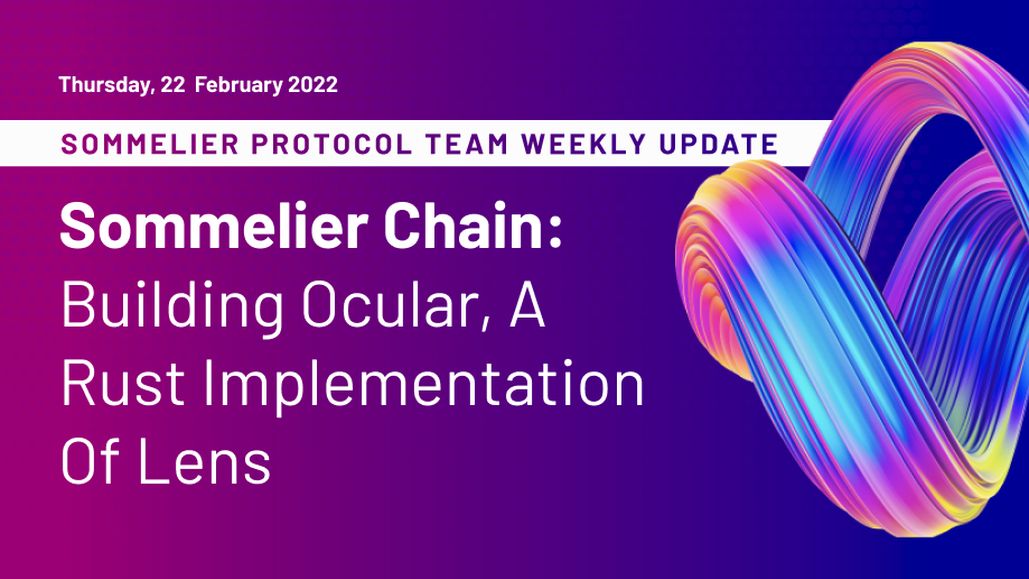
Sommelier Protocol Team Weekly Update #9

Sommelier Protocol Team Weekly Update #8
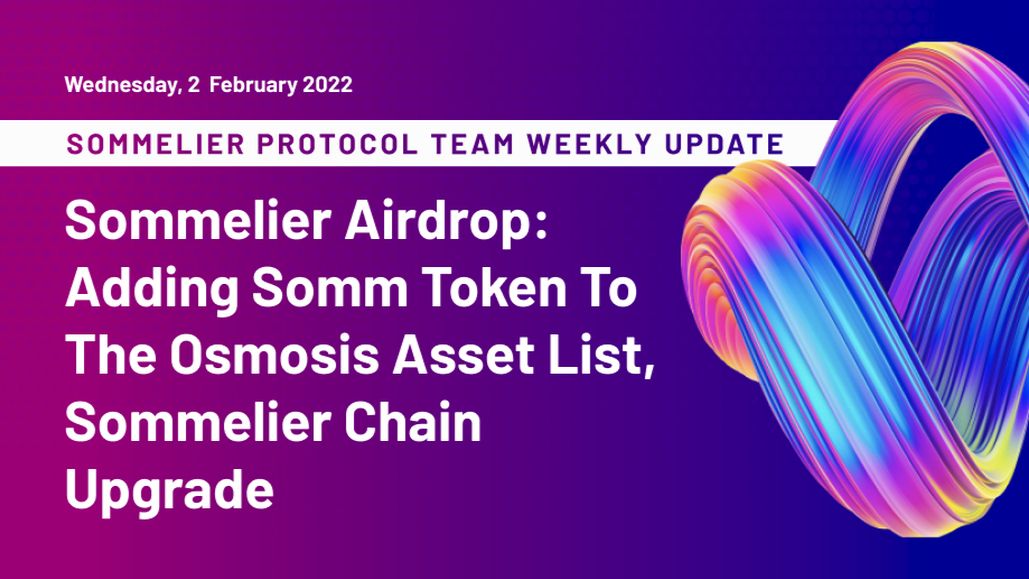
Sommelier Protocol Team Weekly Update #7

Twitter Spaces With Sommelier: How to Launch a Cellar on Sommelier

Twitter Spaces With Sommelier: Protocol Upgrade and Community Update
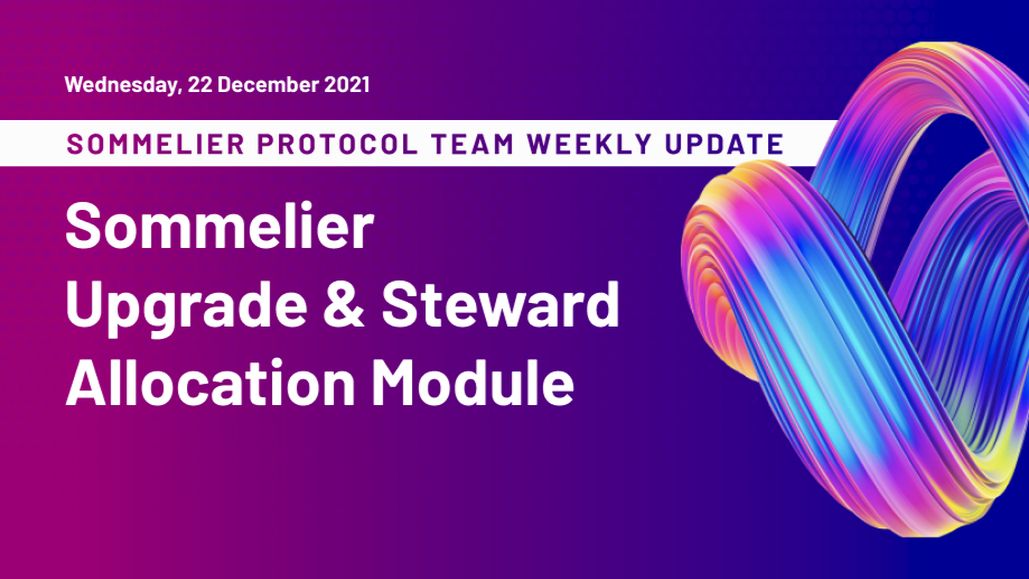
Sommelier Protocol Team Weekly Update #4
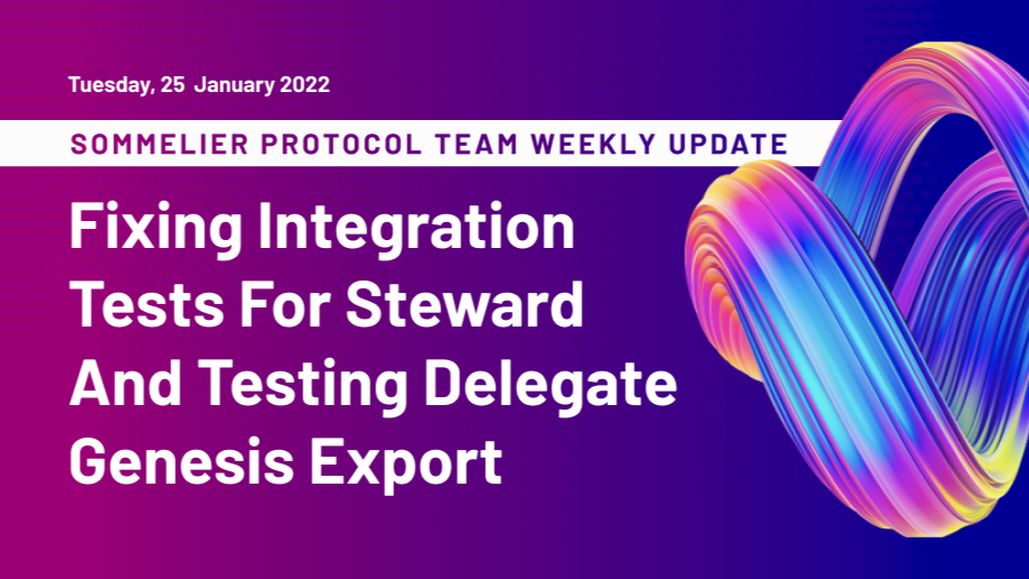
Sommelier Protocol Team Weekly Update #6

Twitter Spaces With Sommelier: SOMM Airdrop Proposal Data Analysis

Twitter Spaces With Sommelier: Community Update on the First Cellars to Launch

Twitter Spaces With Sommelier: Exploring NFT Cellars
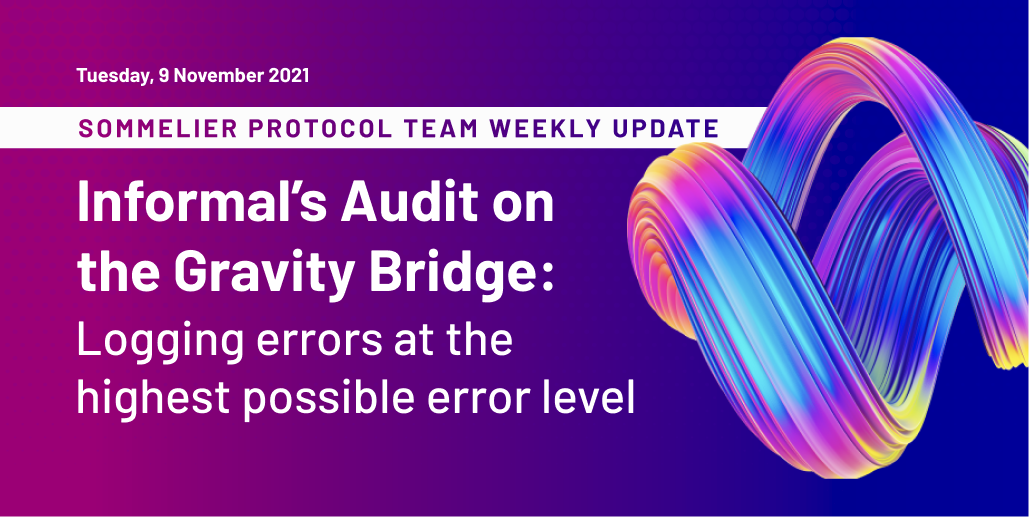
Sommelier Protocol Team Weekly Update #1

Sommelier Protocol Team Weekly Update #2

Sommelier Protocol Team Weekly Update #3

Three Things You Need to Know About Sommelier Governance This Week

Sommelier On the Road: PROOF OF…REPUTATION

Introducing Ukpai Ugochi - Working on The Sommelier Cellars Rebalancer

Sommelier Announces 23MM Series A Mainnet Round to launch Automated DeFi via the Cosmos

Twitter Spaces With Sommelier: Mainnet Launch & Gravity Bridge

Twitter Spaces With Sommelier: Introducing SOMM Tokenomics

Twitter Spaces With Sommelier: Mysten Labs AMA With Evan Cheng

Introducing SIPS and Sommelier’s Governance Structure

Twitter Spaces With Sommelier: End of Year AMA 2021

Twitter Spaces With Sommelier: Intro to SIPS & Lisbon Blockchain Week

Twitter Spaces With the Sommeliers: Mainnet Update and Governance Launch

Sommelier Partners With Mysten Labs to Make Sommelier and All Cosmos Blockchains the Fastest Protocols on the Planet

Twitter Spaces With the Sommeliers: Sushi AMA With Joseph Delong

Introducing the Sommelier Network Mainnet and Ethereum Gravity Bridge
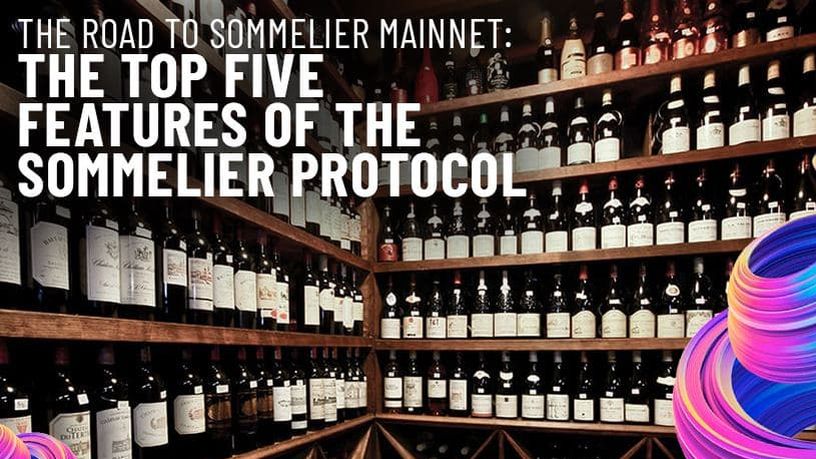
The Top Five Features of the Sommelier Protocol

Call for Validators: The Two Step Process for 2021

Two New Features Launched to Test Liquidity Management on Uniswap v3

Uniswap v3 Remove Smart Contract Incident Post Mortem for Sommelier
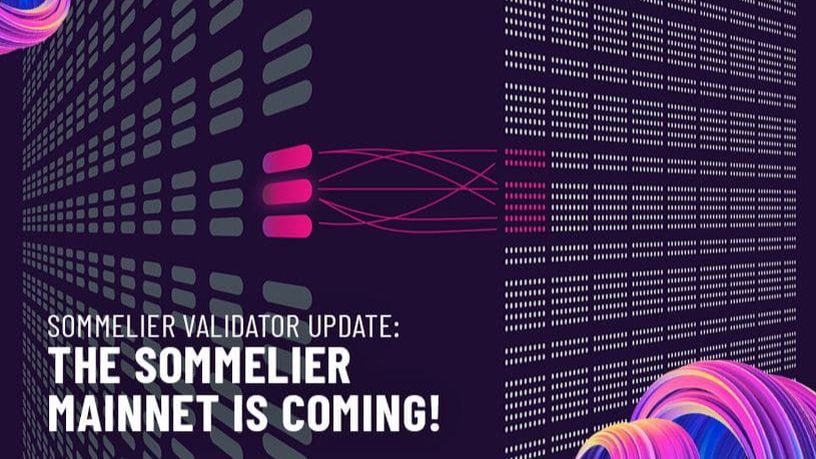
Call for Validators: Road to Sommelier Mainnet

Sommelier Liquidity AMA With Yenwen and Nick From Perpetual Protocol
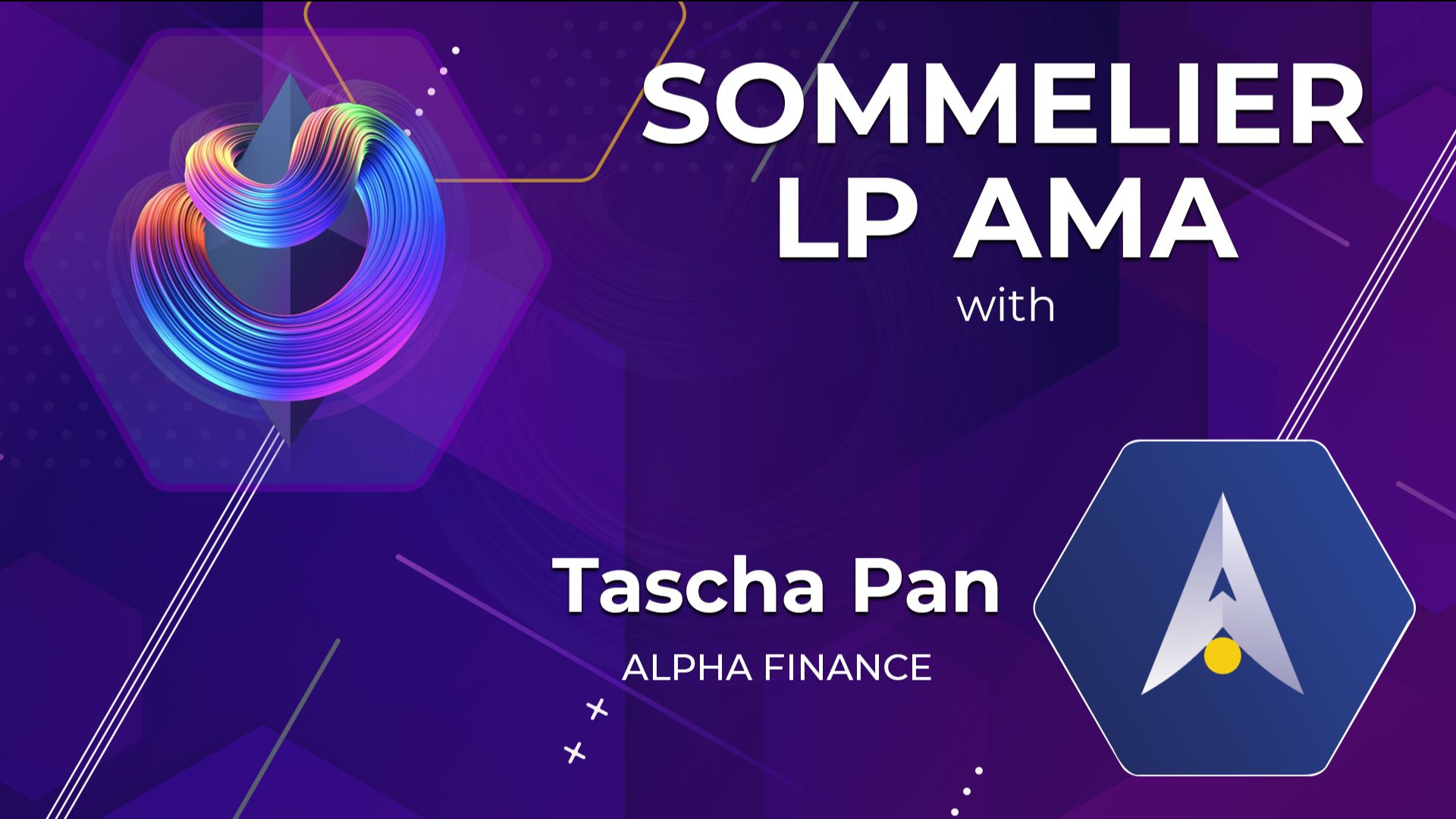
Sommelier Liquidity AMA With Tascha Pan From Alpha Finance

Sommelier Liquidity AMA With Loi Luu From Kyber Network

Sommelier Liquidity AMA With Alex From Peanut

Sommelier Liquidity AMA With JP From THORChain

Sommelier Liquidity AMA With Alan Chiu From OMGX Network

Sommelier Liquidity AMA With Ari From Gelato Network

Sommelier Liquidity AMA With Sunny Aggarwal From Osmosis
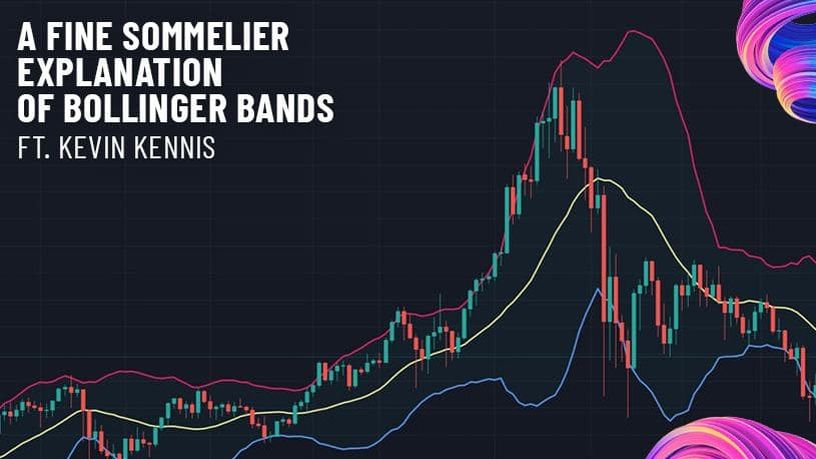
A Fine Sommelier Explanation of Bollinger Bands With Kevin Kennis
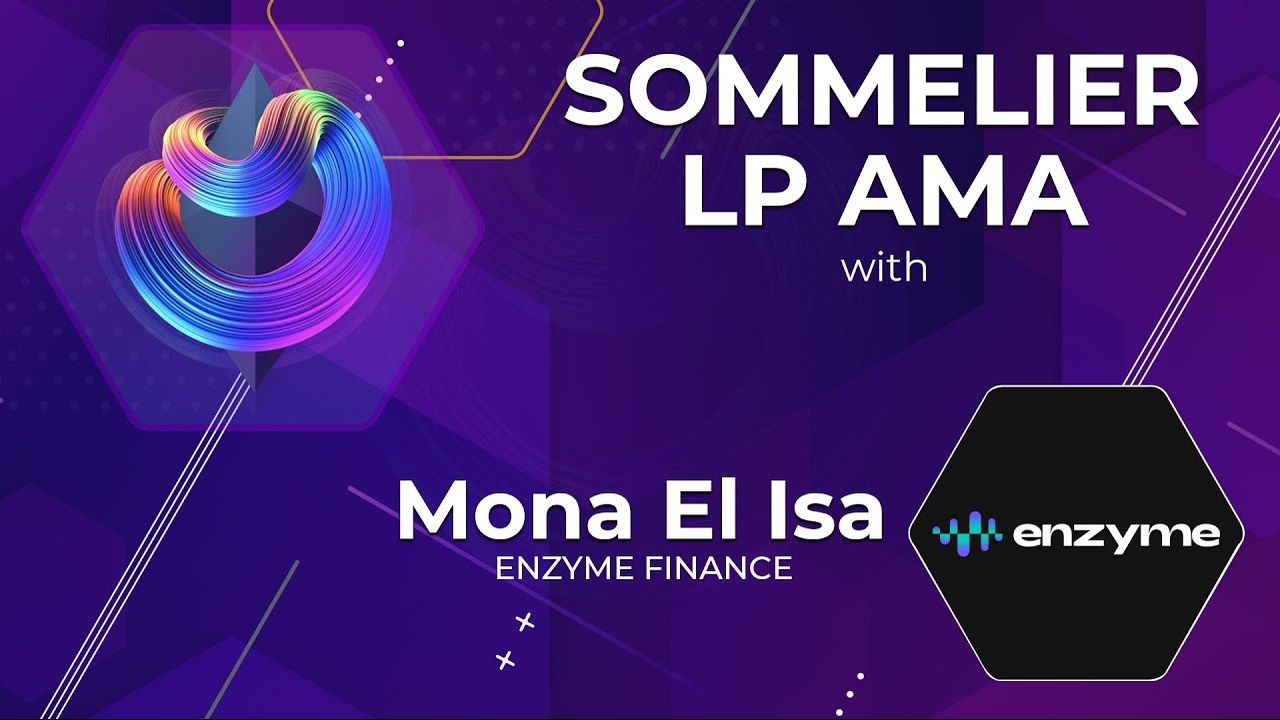
Sommelier Liquidity AMA With Mona El Isa From Enzyme
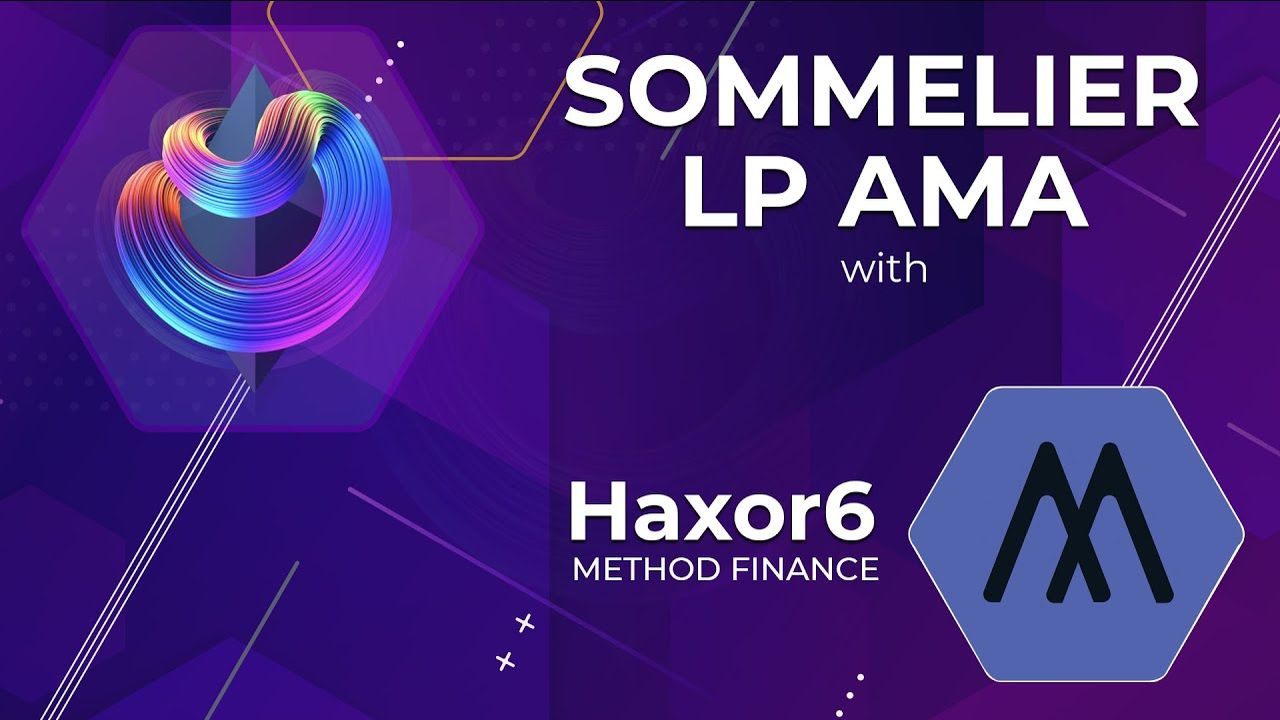
Sommelier Liquidity AMA With Haxor From Method Finance

Sommelier Liquidity AMA With Tor From Secret Network

Liquidity Provider Insights With Zaki Manian - Ep. 7 - DeFi Automation Space on Uniswap v3 and Where Sommelier’s Heading

Sommelier Liquidity AMA With Geralt From CyberFi

A Pairings Tutorial of Two Sided Liquidity Addition with Sommelier

Liquidity Provider Insights with Zaki Manian - Ep. 6 - Liquidity Providers Need to Gear Up for a Multi-Chain World

Three New Summer Features for Liquidity Providers

Sommelier Liquidity AMA with Tom C and Max W from Charm

Sommelier Liquidity AMA with Dereek69 & Shalaquiana from BIOPset

Sommelier This Week - June 3rd 2021: The Road to Mainnet

Sommelier Liquidity AMA with Federico Landini from DefiLab

Sommelier Liquidity AMA with Michael Egorov from Curve

Liquidity Provider Insights with Zaki Manian - Ep. 5 - A Bright Light at the End of a Long, Tough Weekend for Bitcoin

Sommelier This Week - May 27th 2021: What Aspiring Sommelier Validators Need to Know on Last Week’s Protocol and App Progress

Liquidity Provider Insights with Zaki Manian (Special Edition) - Ep. 4 - New Pairings Release

Sommelier R&D AMA With Yaniv Tal From the Graph

Sommelier Liquidity AMA with MacLane Wilkison from NuCypher

The Eight Steps to Become a Liquidity Provider with Pairings

Sommelier NFT Awards - May 18th, 2021
Pairings By Sommelier: The FAQ

Zaki Manian Breaks Down What Liquidity Providers Need to Know Under Uniswap v3

Sommelier This Week - May 6th 2021: How This Week’s Protocol and App Progress Weaves Together to Make a Product

Sommelier Liquidity AMA with Dan Thomson from InsurAce

Sommelier This Week - April 29th 2021: Weeks Away From a Taste of the Sommelier App Experience and How the Dev Team Stays on Track
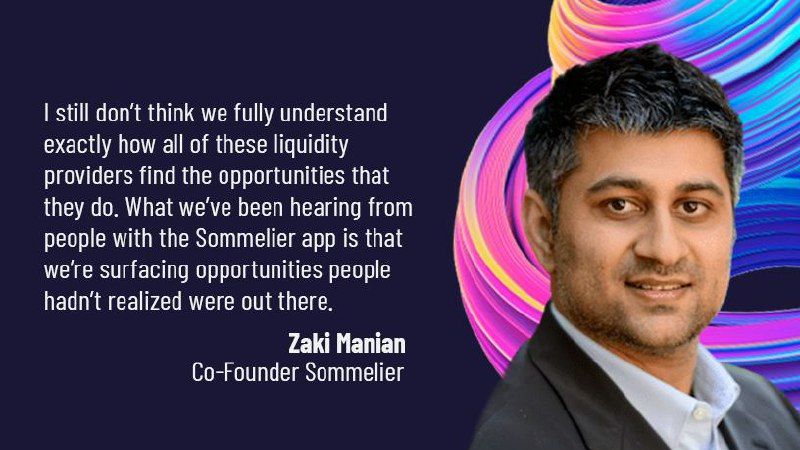
Zaki Manian Breaks Down a Phase Change Liquidity Providers Need to Know About Automated Market Makers

Introducing Jehan Tremback: Sommelier Core Developer and Althea Co-Founder that pushes the Limits of the Blockchain Bridge with Gravity

Sommelier This Week - April 22nd 2021: An Inside Look at Progress on Coordinating Sommelier Components That Contribute to the Chain

Sommelier This Week - April 15th 2021: Providing a Best-in-Class Experience for Uniswap Liquidity Providers

Sommelier Announces $1M R&D Grant from The Graph Foundation

Introducing LP Rewards: This Week With Cellframe

Introducing Deborah Simpier: Althea CEO and Sommelier Co-Founder Who Brought the Gravity Bridge to Life in The Cosmos

Sommelier This Week - April 8th 2021: What Uniswap v3 Means For Sommelier Architecture and Validators

Introducing Sommelier LP Rewards Program

Sommelier This Week - April 1st 2021: Gravity Bridge and Private Testnets

Blockchain startup decides to acquire a California winery and host NFT wine parties

Introducing Justin Kilpatrick: The Blockchain Bridge Wizard Who Maintains Gravity

Five Ways UniswapV3 changes the world for Liquidity Providers on the AMM

Introducing Jack Zampolin: On Becoming A Sommelier in The Cosmos

Sommelier: Welcome To The New CoProcessor For Ethereum
© 2025 Somm by Bajanss OÜ –Maakri 36-50, Tallinn, Estonia 10145